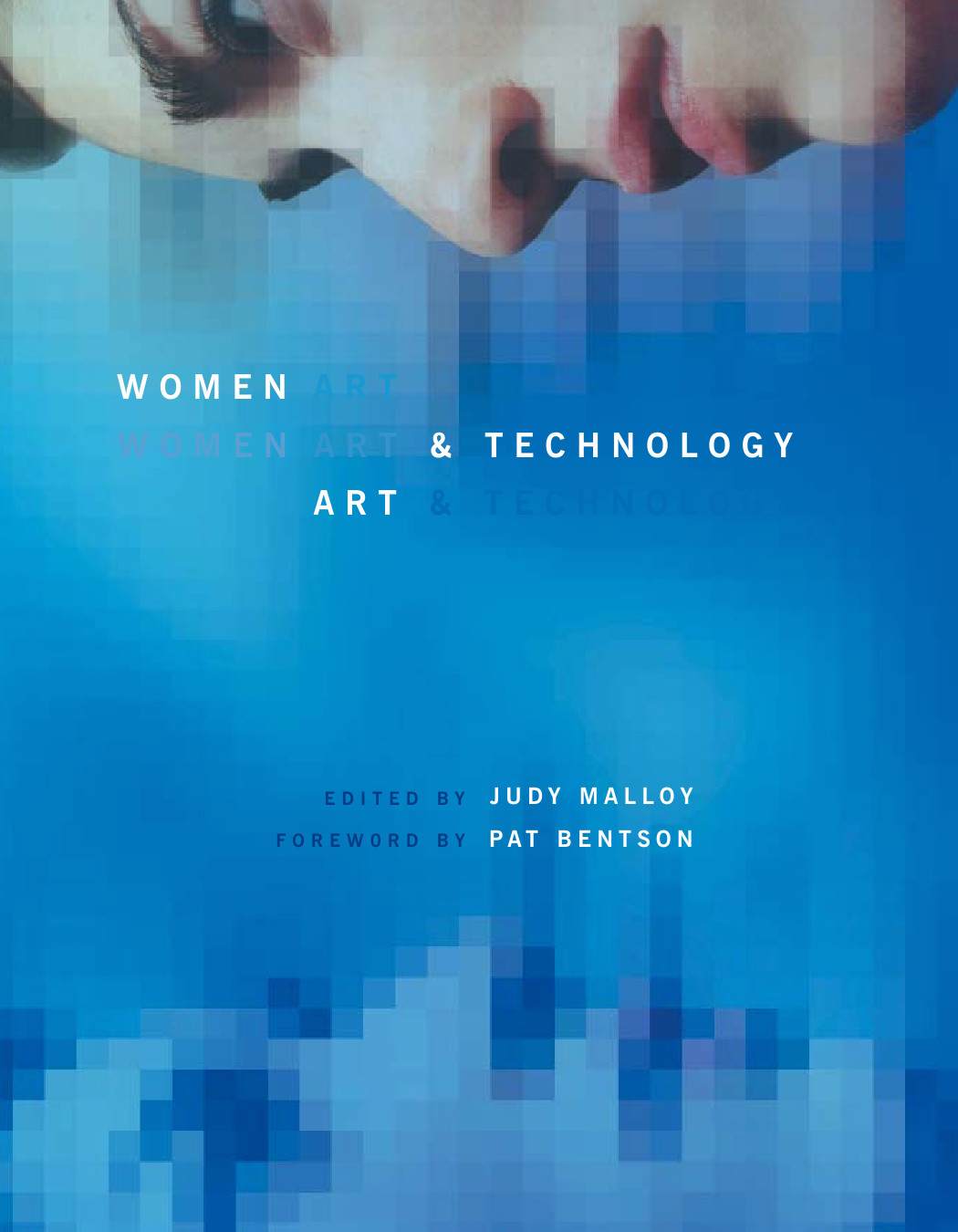Ruth Catlow, Marc Garrett (eds.): Collaboration and Freedom – The World of Free and Open Source Art (2011)
Filed under wiki book | Tags: · art, collaboration, collaborative art, floss, open source
“A collection of artworks, texts and resources about freedom and openness in the arts, in the age of the Internet. Freedom to collaborate – to use, modify and redistribute ideas, artworks, experiences, media and tools. Openness to the ideas and contributions of others, and new ways of organising and making decisions together.
This non exhaustive collection is intended to inspire, inform and enable people to apply peer-to-peer principles for making things and getting organised together. We hope that all art lovers, makers, thinkers, organisers and strategists will find something for them from this set of imaginative, communitarian and dynamic contemporary practices.”
Curated by Ruth Catlow and Marc Garrett
With additional texts by Charlotte Frost and Rob Myers.
Produced by Furtherfield.
Commissioned by Arts Council England for Thinking Digital, in 2011.
Vera John-Steiner: Creative Collaboration (2000)
Filed under book | Tags: · collaboration, collaborative art, psychology

Rodin’s sculpture “The Thinker” dominates our collective imagination as the purest representation of human inquiry–the lone, stoic thinker. But while the Western belief in individualism romanticizes this perception of the solitary creative process, the reality is that scientific and artistic forms emerge from the joint thinking, passionate conversations, emotional connections and shared struggles common in meaningful relationships. In Creative Collaboration, Vera John-Steiner offers rare and fascinating glimpses into the dynamic alliances from which some of our most important scholarly ideas, scientific theories and art forms are born. Within these pages we witness the creative process unfolding in the intimate relationships of Jean-Paul Sartre and Simone de Beauvoir, Henry Miller and Anais Nin, Marie and Pierre Curie, Martha Graham and Erick Hawkins, and Georgia O’Keeffe and Alfred Stieglitz; the productive partnerships of Pablo Picasso and Georges Braque, Albert Einstein and Marcel Grossmann, Aaron Copland and Leonard Bernstein, and Freeman Dyson and Richard Feynman; the familial collaborations of Thomas and Heinrich Mann, Hubert and Stuart Dreyfus, and Margaret Mead, Gregory Bateson and Mary Catherine Bateson; and the larger ensembles of The Guarneri String Quartet, Lee Strasburg, Harold Clurman and The Group Theater, and such feminist groups as The Stone Center and the authors of Women’s Ways of Knowing. Many of these collaborators complemented each other, meshing different backgrounds and forms into fresh styles, while others completely transformed their fields. Here is a unique cultural and historical perspective on the creative process. Indeed, by delving into these complex collaborations, John-Steiner illustrates that the mind–rather than thriving on solitude–is clearly dependent upon the reflection, renewal and trust inherent in sustained human relationships. Here is a unique cultural and historical perspective on the creative process, and a compelling depiction of the associations that nurtured our most talented artists and thinkers. By delving into these complex, intimate collaborations, John-Steiner illustrates that the mind–rather than thriving on solitude–is clearly dependent upon the dialogue, renewal, and trust inherent in sustained human relationships.
Publisher Oxford University Press US, 2000
ISBN 0195067940, 9780195067941
Length 259 pages
Judy Malloy (ed.): Women, Art, and Technology (2003)
Filed under book | Tags: · collaborative art, computer graphics, electronic art, gender, installation art, interactivity, mass media, media, media art, net art, performance, performance art, technology, video art, women

“Although women have been at the forefront of art and technology creation, no source has adequately documented their core contributions to the field. Women, Art, and Technology, which originated in a Leonardo journal project of the same name, is a compendium of the work of women artists who have played a central role in the development of new media practice. The book includes overviews of the history and foundations of the field by, among others, artists Sheila Pinkel and Kathy Brew; classic papers by women working in art and technology; papers written expressly for this book by women whose work is currently shaping and reshaping the field; and a series of critical essays that look to the future.
Artist contributors include computer graphics artists Rebecca Allen and Donna Cox; video artists Dara Birnbaum, Joan Jonas, Valerie Soe, and Steina Vasulka; composers Cecile Le Prado, Pauline Oliveros, and Pamela Z; interactive artists Jennifer Hall and Blyth Hazen, Agnes Hegedus, Lynn Hershman, and Sonya Rapoport; virtual reality artists Char Davies and Brenda Laurel; net artists Anna Couey, Monika Fleischmann and Wolfgang Strauss, Nancy Paterson, and Sandy Stone; and choreographer Dawn Stoppiello. Critics include Margaret Morse, Jaishree Odin, Patric Prince, and Zoe Sofia.”
Foreword by Pat Bentson
Publisher MIT Press, 2003
ISBN 0262134241, 9780262134248
541 pages
PDF (6 MB, updated on 2020-4-23)
Comment (0)
